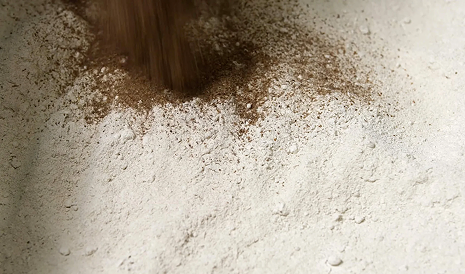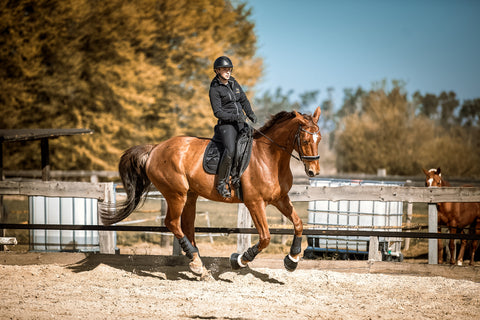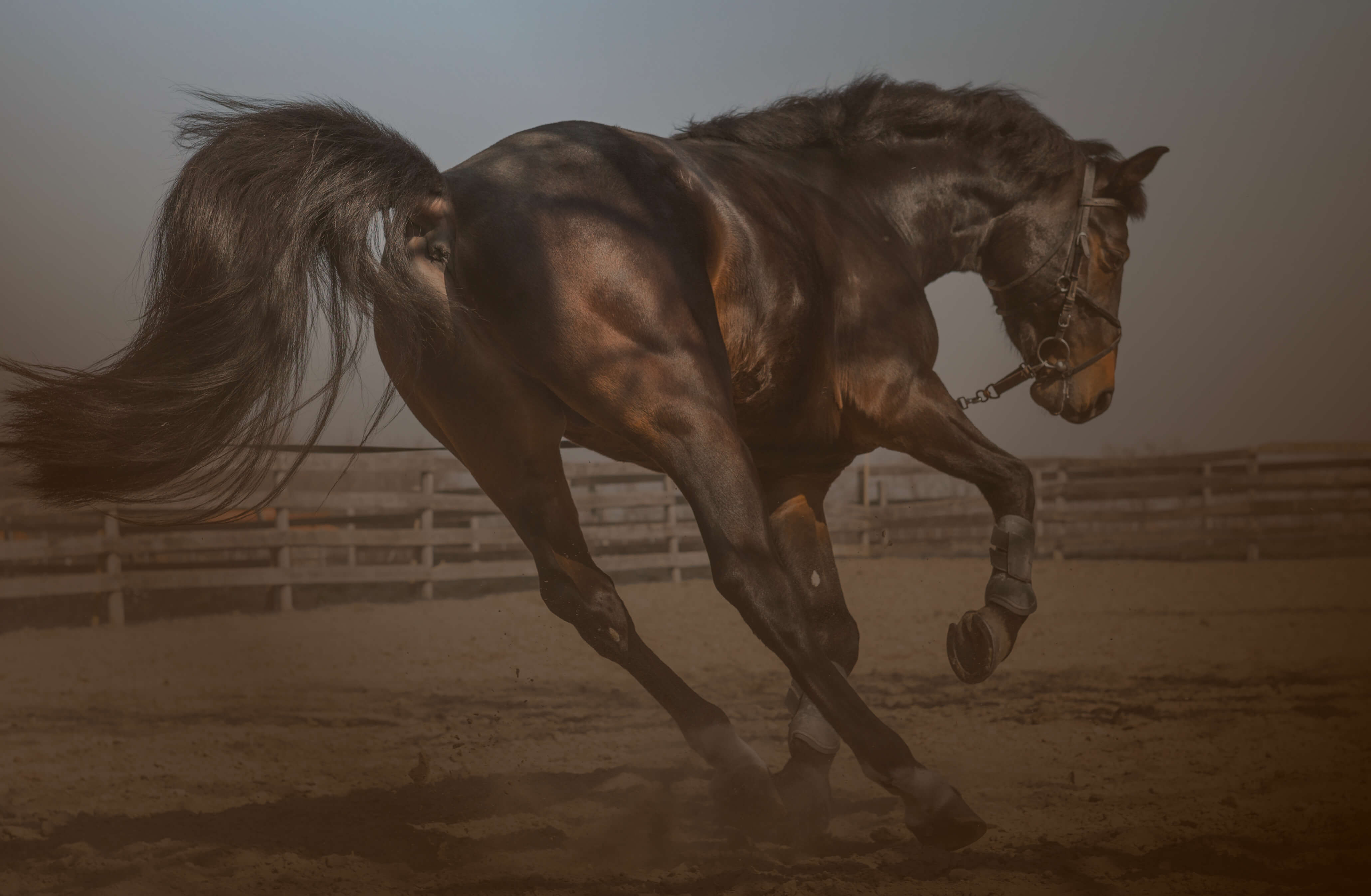Joint pain in horses is a widespread problem that can significantly impair the mobility and quality of life of our four-legged friends. The causes of such pain are diverse and range from natural wear and tear of the joints to acute injuries.
✘ Natural wear and tear
As horses age, their joints undergo natural wear and tear, which can be exacerbated by regular training or competition. As the cartilage in the joints thins, its ability to act as a shock absorber diminishes, leading to increased friction between the bones. This friction can further wear away the articular cartilage, causing inflammation and ultimately leading to osteoarthritis. Pain and stiffness are the direct result, as the natural gliding ability of the joints is impaired and mobility decreases.
✘ Injuries and overuse
Acute injuries and overuse are common causes of joint problems in horses. Activities such as jumping and rapid changes of direction, or running on uneven surfaces, can increase the risk of sprains, strains, and other injuries. Such events place direct stress on the joints, promoting inflammation and damage to the surrounding tissue. In some cases, this damage can lead to long-term impairment of joint function, with the affected areas often becoming painful and less mobile.
✘ Inflammatory diseases
Inflammatory diseases such as arthritis pose a significant challenge to the joint health of horses. Causes of this inflammation range from bacterial infections to autoimmune reactions to the consequences of injury. These conditions typically cause pain, lead to visible swelling, and significantly limit the mobility of the affected joints. In the long term, they can lead to progressive deterioration of joint function, requiring specific management and treatment approaches.
✘ Malpositions and genetic predisposition
Limb misalignments and certain predispositions can play a role in the development of joint problems in horses. These structural abnormalities in the joint structure lead to uneven loading and stress on the joints, which can accelerate the natural wear and tear process. Over time, this can lead to an increased susceptibility to joint diseases. Early detection and appropriate management strategies, such as those provided by a farrier, are crucial to minimize the progression of such conditions and maintain the horse's well-being.



















































